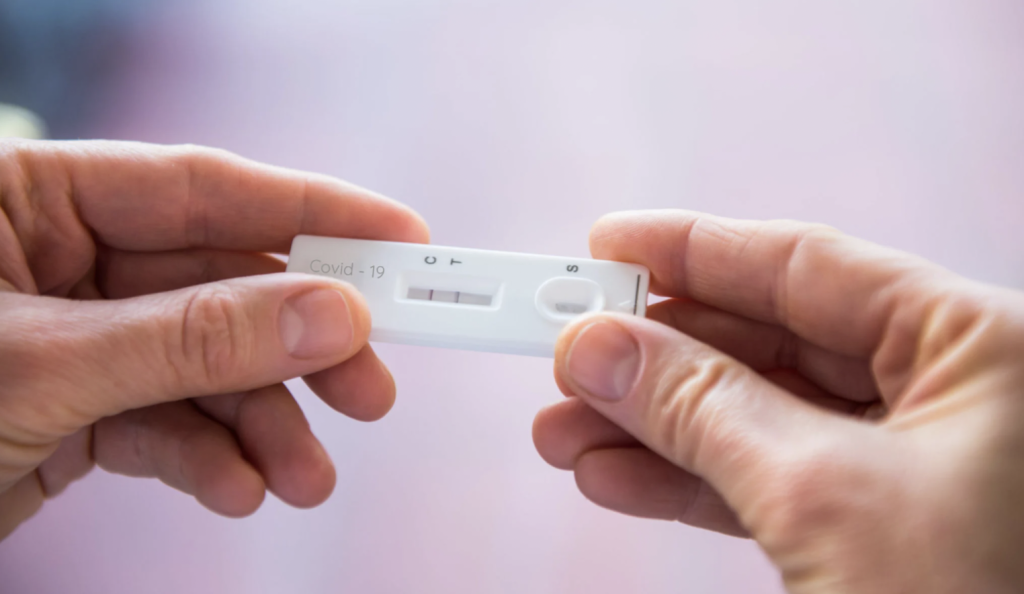Although the panic of Covid seems to be subsiding slightly around the world, there is still a significant need for lateral flow tests, and many are ordering them weekly for regular at-home testing. However, this means that a vast amount of plastic waste inevitably occurs. Mr Rubble, a skip hire Sheffield company that offers sustainable waste management services, works hard to limit the amount of plastic that goes to landfill. As a result, they’ve compiled information on how to properly dispose of lateral flow tests and whether we can recycle them or the packaging.
So, what are lateral flow devices and how do they work?
A lateral flow test is a free test available through the UK Government website or shops and pharmacies. They are simple and it allows you to test for COVID-19 at home. The test swab is rubbed around the area of your tonsils, or where your tonsils would be, and then into your nose. The swab is then dipped into the pack’s liquid and deposited over the test. The test will show one or two lines like you’d get on a pregnancy test, which will indicate whether you have the virus or not.
How should the lateral flow test be disposed of?
Lateral flow tests should be thrown away alongside your other household waste in your bins, according to the most recent government regulation. According to the government, lateral flow devices do not provide an additional risk of infection and are comparable to any other personal hygiene product disposed of in black bag waste streams.
Any masks, gloves, and all test components, including swags and cartridges, should be placed in the ziplock bag that is included with the testing kit and then put into your black bin bag once the tests are done.
The exterior cardboard box, as well as the paper instruction booklets, can be recycled with other household recyclables in the paper and cardboard recycling bins.
What happens to this rubbish?
The black bin bags, together with all other general rubbish, will be collected and transferred to your nearest waste management facility. Because lateral flow devices are considered non-recyclable, once they arrive at a waste management facility, they are currently usually dispatched to incinerated with energy recovery, if possible.
Is it true that lateral flow tests are a hazardous waste?
Even if the test is positive, lateral flow tests are not considered hazardous waste or contagious. This is in line with the WM3 recommendations.
Where possible, try and reuse the plastic tests or the plastic bags that come with them if they aren’t used. For example, there have been reports of people using the plastic outer tests as plant labels in pots or hanging labels on shrubs, trees and climbing plants.
Laila Azzahra is a professional writer and blogger that loves to write about technology, business, entertainment, science, and health.
